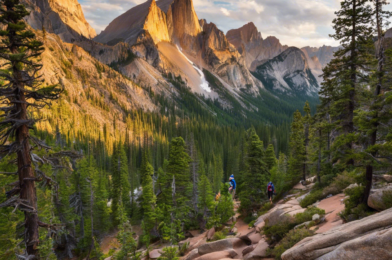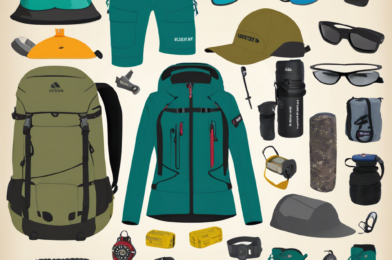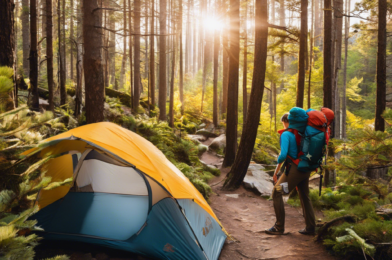Traveling solo is an exhilarating and empowering experience, offering unparalleled freedom and the chance to discover new places independently. However, it’s essential to prioritize your safety while on your adventures. Here are some essential tips to stay safe and secure during your solo travels:
Firstly, research your destination extensively. Familiarize yourself with the local culture, customs, and any specific safety concerns or issues the area may have. Knowing potential risks beforehand will enable you to take the necessary precautions. Understand the local laws and respect any cultural sensitivities to avoid unintentional mistakes. Additionally, learning a few key phrases in the local language can go a long way and show respect to the locals.
Always keep your loved ones updated on your whereabouts. Share your itinerary with them, including hotel addresses, contact information, and a copy of your passport. Regular check-ins, whether via text, email, or social media, can give both you and your family peace of mind. It is also beneficial to leave a copy of your itinerary with a trusted friend or family member back home, so someone reliable knows your plans and expected locations.
Ensure your accommodations are secure and trusted. Research the place online and read reviews from other travelers. Opt for well-reviewed, busy hostels or hotels with good security measures, such as 24-hour reception and a safe to store your valuables. It is also beneficial to book accommodations with plenty of other guests, as this provides extra security and company.
Keep a low profile and be vigilant with your belongings. Avoid flashing expensive items or large sums of cash in public. Distribute your cash and keep your valuables secure and hidden. Always be aware of your surroundings, especially in crowded places where pickpocketing is common. It is also beneficial to carry a decoy wallet to deter thieves and keep your actual wallet safe.
Before embarking on your trip, ensure you have adequate travel insurance that covers any potential medical issues or emergencies. Understand the policy’s details, including any exclusions and the process for making a claim. Also, keep essential contacts, such as your country’s embassy or consulate, easily accessible. Knowing you have this backup will provide peace of mind and valuable assistance should any issues arise during your travels.
Stay vigilant and trust your instincts. If a situation doesn’t feel right, remove yourself from it. Your instincts are often correct, and it’s better to be over-cautious than regretful. Trust your intuition and make quick decisions to ensure your safety. For example, if you feel unsafe in a particular neighborhood, leave and find a busier, more populated area.
Lastly, embrace the company of others. Solo travel doesn’t always mean you have to be alone. Embrace the opportunity to meet fellow travelers and join group activities. It will enrich your journey and provide new friendships and memories. Whether it’s exploring a new city, trying a local dish, or simply sharing stories, the company of others can enhance your overall experience and provide a sense of security.
By following these safety precautions, you can confidently embark on your solo travels, create unforgettable memories, and gain invaluable life experiences, all while ensuring your personal safety and well-being.



